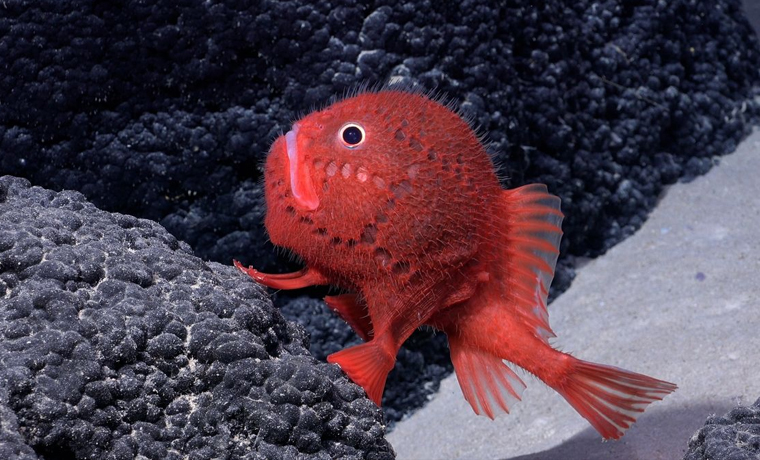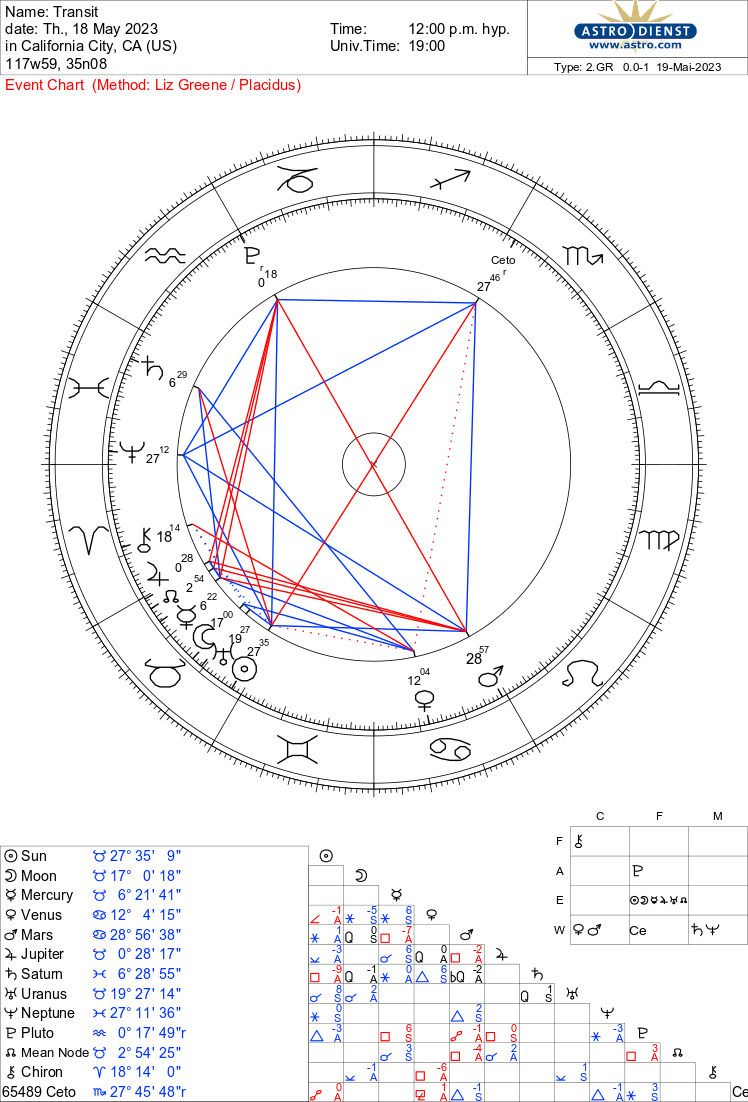Ceto
65489 Ceto as a binary also (65489) Ceto/Phorcys, is a binary trans-Neptunian object discovered on March 22, 2003. It is named after the sea goddess Ceto from Greek mythology.
'Mind-blowing' deep sea expedition uncovers more than 100 new species and a gigantic underwater mountain. Southeast Pacific expedition
A deep-sea expedition off the coast of Chile has uncovered a treasure trove of scientific wonders, including more than 100 previously unknown marine species and a handful of never-before-seen underwater mountains — the largest of which is around four times the size of the world's tallest building.
Mercury (science) square Ceto (oceanic anomalies (scientific wonders).
Incredible photos and video footage of the underwater landscape also showcase a menagerie of deep-sea weirdos, including intricate sponges, spiraling corals, a beady-eye lobster, a bizarre stack of oblong sea urchins and a bright red "sea toad" with hands for fins.
Five white whales were rescued by fishermen in northern Kamchatka in Far East Russia. The animals were washed up by the tide and could not move. Kamchatsky krai Ministry of Nature.
Local fishermen saved five beached beluga whales from the shores of the Sea of Okhotsk, in the Tigilsky district of Kamchatsky region on Monday.
Moon (protectiveness (we're pouring water over them. The tide is coming soon. I'm sure they will survive until the tide, there are a few hours left)) trine Neptune (the sea) trine Ceto (whales).
The footage shows the visibly distressed pod of beached Beluga whales (Delphinapterus leucas), which live in the Arctic and subarctic areas of the globe, making grunting sounds.
Two men can be seen pouring water on one of them, which can be seen lying on a sandbank next to three larger individuals and a calf.
Ctenophore: Scientists identify jellyfish-like animal as the oldest living creature on Earth.
Scientists in America have discovered the oldest living creature on our planet. Experts have confirmed that it is a jellyfish-like organism called a ctenophore - also known as a comb jelly.
Sun (men (Daniel Rokhsar from the University of California, Berkeley)) opposite Ceto (oceanic anomalies, dangers of the sea, bizarre creatures).
Biologists have spent years trying to find out what the earliest animals were.
Scientists gradually narrowed the possibilities down to two groups: sponges and comb jellies.
Russian drone mini-sub plants memorial in WORLD'S DEEPEST Mariana Trench — all by its lonesome robotic self.
A fully autonomous Russian drone has dived over 10 kilometers deep, reaching the bottom of the Mariana Trench, the deepest part of the Pacific Ocean. It even planted a buoy-like V-Day memorial to forever sway in the deep.
Mercury (science (oceanographic research)) opposite Ceto (ceremonies conducted in ocean waters). Mars (military (V-Day memorial)) square Sedna (diving bells that go into the dark of the sea (plants memorial in WORLD'S DEEPEST Mariana Trench)).
The mission forms part of sea trials of the new Russian craft aimed at testing its capabilities. Its creators say it can operate under pressure levels that would be found at 12km depth, if such a place could be found on earth. Its electronic brain utilizes artificial intelligence algorithms to detect and avoid obstacles and to maneuver in constrained spaces.
Discovery
2003 FX128/65489 Ceto is a binary trans-Neptunian object (TNO) discovered on March 22, 2003 by Chad A. Trujillo and Michael Brown at Palomar. It is named after the sea goddess Ceto from Greek mythology. It came to perihelion in 1989.
65489 Ceto is an example of a close binary TNO system in which the components are of similar size. Combined observations with the infrared Spitzer Space Telescope and the Hubble Telescope allow the diameter of Ceto itself to be estimated at 174 km and the diameter of Phorcys at 132 km, assuming equal albedo for both components.
Ceto (Ancient Greek: Keto, "sea monster"), is a primordial sea goddess in Greek mythology, the daughter of Gaia and Pontus. As a mythological figure, she is most notable for bearing by Phorcys a host of monstrous children. The small solar system body 65489 Ceto was named after her, and its satellite after Phorcys.
Ceto was also variously called Crataeis (Krataiis, "mighty") and Trienus (Trienos, "within three years"), and was occasionally conflated by scholars with the goddess Hecate (for whom Crataeis and Trienus are also epithets).
This goddess should not be confused with the minor Oceanid also named Ceto, or with various mythological beings referred to as ketos (plural ketea); this is a general term for "sea monster" in Ancient Greek.








